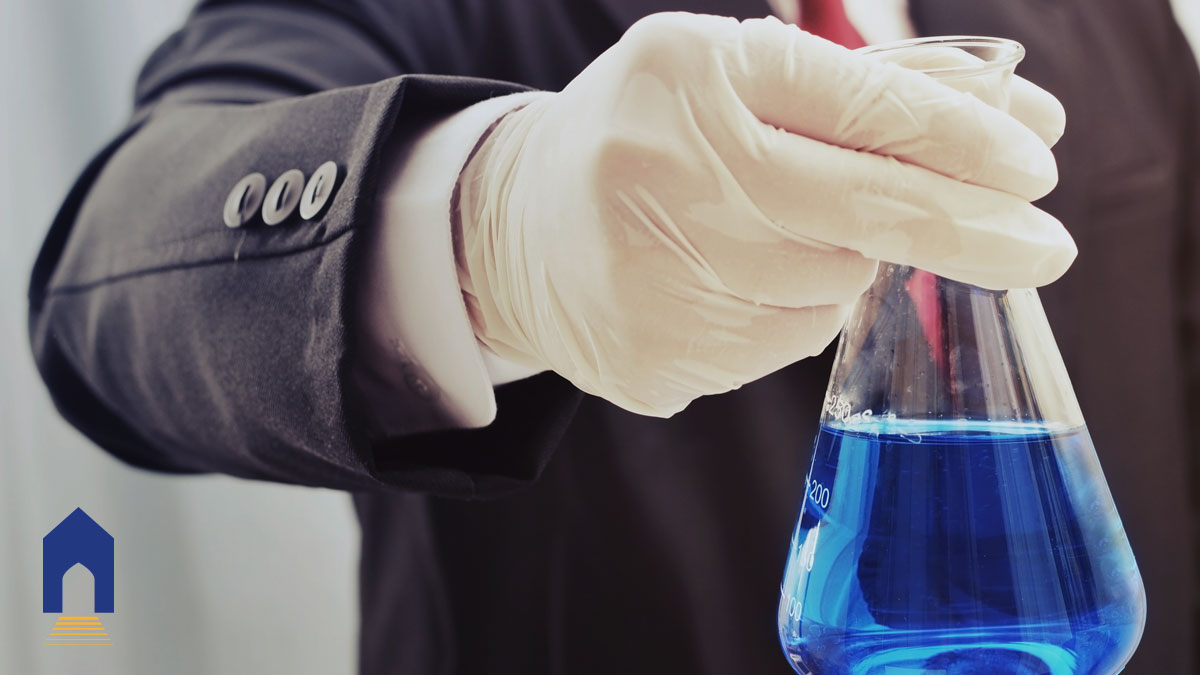Deal-making is part and parcel of the pharmaceutical industry. Companies develop and out-licence or seek to acquire new products and molecules all the time. Integral to those processes is determining the market potential of what they are selling or buying – including the positioning perspective from the health system point of view - in order to inform the decision-making process. How, though, can you be sure that the asset you are looking to add to your portfolio is a good investment? Or, if you are selling an asset, how can you prove this to the purchaser?
At Gatehouse ICS, we believe the answer lies in a robust yet pragmatic due diligence process that we have called asset evaluation. The term “due diligence” is over-used and its meaning depends on the context. At the highest level in the pharmaceutical industry, due diligence refers to the oversight and processes involved during mergers and acquisitions. To those in regulatory affairs, due diligence is about ensuring a product ticks all the boxes around compliance and regulations in terms of how a drug is developed, tested and submitted for approval.
But my colleagues and I believe there is an important layer of due diligence that doesn’t always receive the in-depth attention it deserves: evaluating the asset to determine the market opportunity and likely value to determine whether a company should proceed with the investment.
To ensure all insights and knowledge about a product and the market it will be sold in are captured, we take a two-pronged approach to asset evaluation - desk-based research and interview-based research.
Pragmatic voyage of discovery
We start the due diligence process with detailed, yet practical desk-based research. Our team has extensive experience with systematic literature review techniques but at the same time we aren’t tightly bound to that academic methodology. Rather, we adopt a real-world approach to our evaluation of the literature that allows us to pivot to discover useful information to investment decision making. The practicable nature of this review also keeps the costs of our service at an acceptable level for growing companies and keeps the review rapid for early stage decision making. Afterall, this first stage needs to be robust and reliable while keeping in focus the simple question “is this investment a good idea?” And, once we have a positive answer to that question a lengthier deeper-dive methodology will provide greater insights.
Areas that we assess at the asset evaluation stage include how many people in each of the countries of interest are likely to need the drug? Where does the product fit in the therapeutic pathway? How does it stack up against the local guidelines and will the product face significant health authority objections within markets under consideration? What competitors already market products in that therapeutic area and how will that affect size of market? Where will the new product sit within the marketplace? Have other drugs in that class of therapy met with challenges in these markets? What is the current route for diagnosis and treatment for the disease?
This assessment provides a level of understanding about the opportunities within the disease category and market.
However, experience has shown us that a lot of market knowledge isn’t captured within the literature. So, we validate and extend the insights we have gathered in our desk-based research through interviews or surveys with clinicians, health system decision makers or a mix of both in each of the countries targeted for market approval.
This primary research allow us to glean some behind-the-scenes insights. For example, local guidelines might indicate support for a type of therapy but it’s important to understand whether clinicians adhere to those local guidelines. Do they see a clinical need for certain classes of therapies? Are they likely to have patients with those conditions? And are they likely to prescribe certain kinds of medications? Furthermore, prevalence of disease might differ from the literature to on-the-ground clinical experience. From their experience, clinicians might believe the prevalence of an undiagnosed population is bigger or smaller than documentation suggests and, in such a case, if a new diagnostic pathway can capture these, the market could be set to expand considerably.
Market attributes
Once we have compiled information from the desk-based review and interviews, we create a succinct report for the customer, highlighting market attributes for the asset to help them determine whether it will be a worthwhile investment.
After the evaluation has been completed and it has been determined whether it’s worth the company’s while investing in the asset, we can make recommendations on next steps. A natural next step is often a regulatory due diligence process to understand whether the product has all it needs to be granted a license in the target country(ies). Thereafter, or in tandem, there is a health economic assessment to understand whether and how the product may convince countries to pay for the product. We have strong relationships with regulatory affairs professionals and health economics consultancies that can support small biotech and biopharma companies in the next stages – from submission to reimbursement and beyond.
The journey to bringing a product to market is a complex and arduous one. We believe that by helping customers understand whether, when and where to begin that journey with their asset or potential asset we can help remove the uncertainty before further investment of time and resources in the due diligence process.

